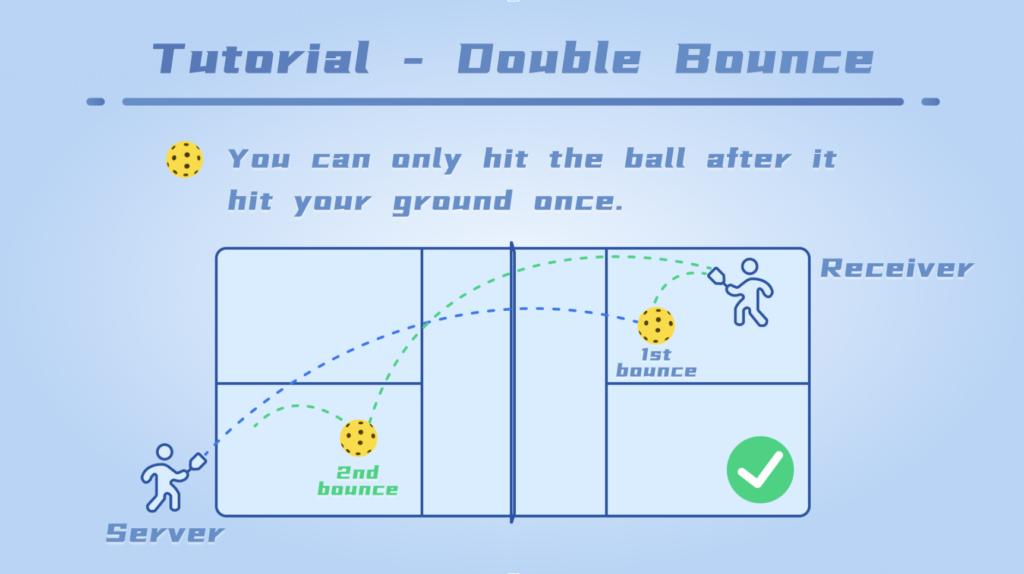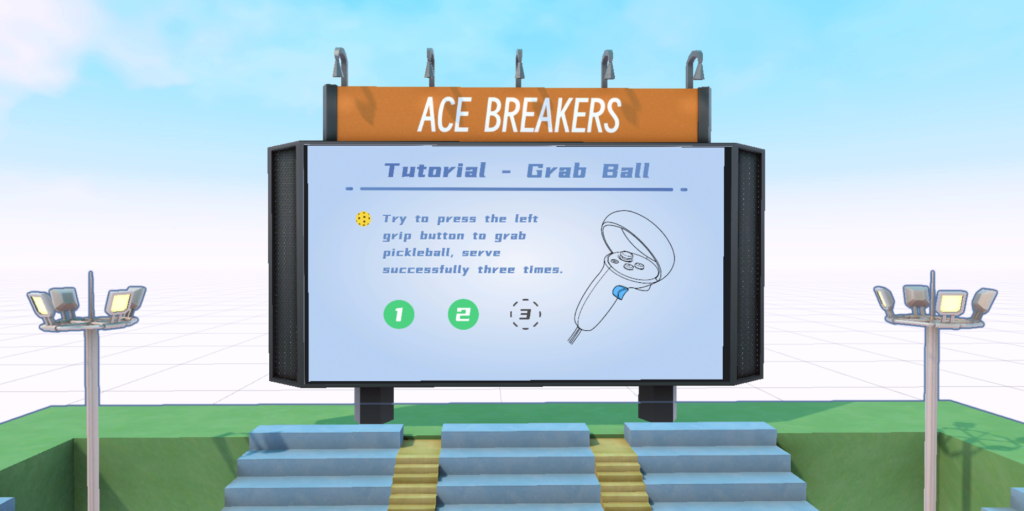It’s been an exciting week for us, as we had our faculty soft opening on Monday. Brenda, Shirly, Ruth, and Mo were kind enough to give us some valuable feedback, which we’ve taken into account as we continue to improve the game.
One of the pieces of feedback we received was about making the hit box for the paddle bigger and more forgiving on hits. While we appreciate the suggestion, we ultimately decided not to implement this change. We believe that having a more accurate and realistic hitting feeling is important for experienced players, and we don’t want to sacrifice that for the sake of accommodating beginners.
Another piece of feedback we received was about adding more audio announcements to specify the winning or losing condition. Especially if players go strictly into the game without trying the tutorial, the complicated rules of pickleball will drive them crazy. We thought this was a great idea, so we went ahead and made the necessary changes. Now, when you win or lose a point, you’ll hear a clear audio announcement that lets you know exactly what just happened. We hope this makes the game more intuitive and enjoyable for everyone.
We also had a alumni soft opening at Friday night. It was great to talk to them as they had all walked through the same roads so we don’t need to teach them too much. But unfortunately, we only had 30 minutes for each session including playing and discussing. So there wasn’t really many valuable suggestions from the alumni.
That’s actually a very important lesson we learned from making a sports game this semester. A sports game needs a lot of practice to get used to how the game works, before your audience can really start to sense and appreciate the design choices you made. So for a typical 20-30 minutes playtest session, don’t expect it to be enough to onboard your guests. Long-term playtesters are much more important in this scenarios.
Tutorial Updates
During playtest we realized the original tutorial is not intuitive enough, as reading texts is simply a inefficient way of absorbing new knowledge. So we re-designed the tutorial steps and drew visualized instructions for each step to help mitigate the learning cost of players. We then put all the steps on the big score board so users don’t have to look aside for instructions anymore.


